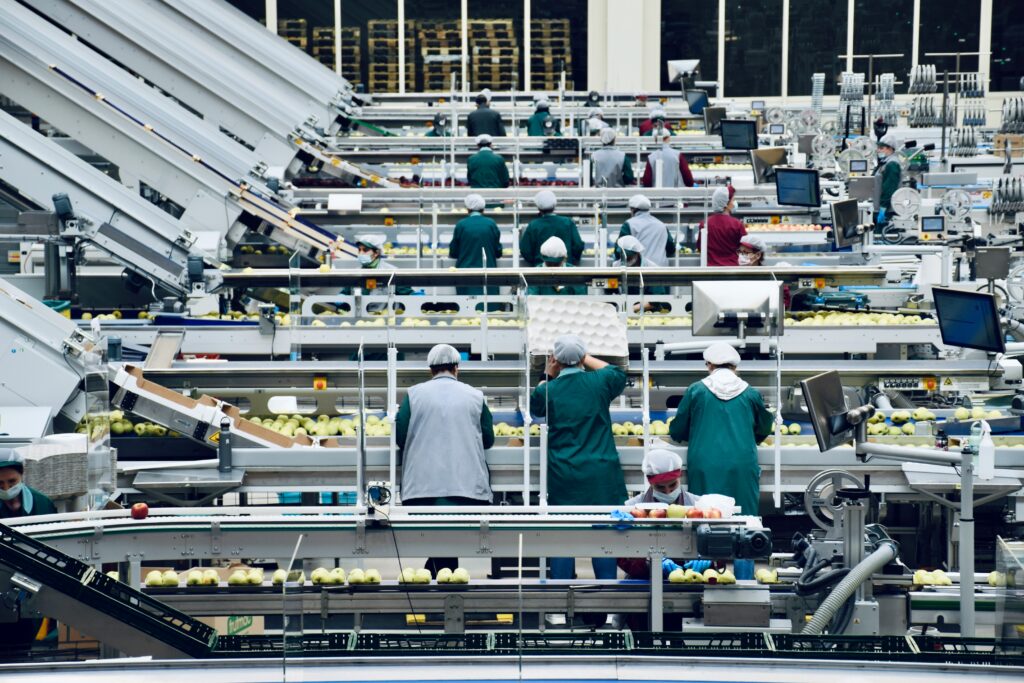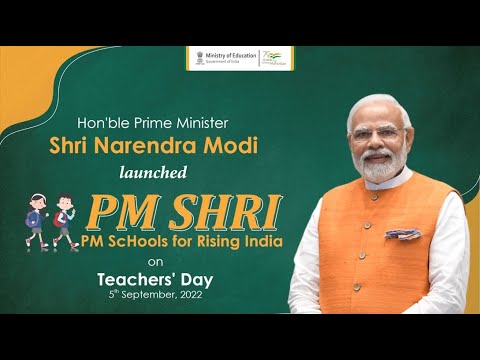The Production Linked Incentive Scheme (PLI) is a landmark initiative by the Government of India to boost domestic manufacturing, attract global investment, and increase export capabilities across multiple sectors. Launched in 2020, the scheme has rapidly become central to India’s strategy for economic self-reliance under the Atmanirbhar Bharat Abhiyan.

Objectives of the Production Linked Incentive Scheme
The core goal of the Production Linked Incentive Scheme is to:
- Enhance domestic manufacturing capabilities.
- Create large-scale employment.
- Strengthen the global competitiveness of Indian industries.
- Reduce import dependency in critical sectors.
- Promote innovation and Make in India.
Scope and Sectors Covered (As of 2025)
As of 2025, the PLI Scheme covers 14 key sectors, with a total outlay exceeding ₹3 lakh crore. These sectors include:
- Mobile & Electronics
- Pharmaceuticals
- Automobiles & Auto Components
- Textiles
- Telecom & Networking Products
- White Goods (ACs and LEDs)
- Food Processing
- Solar PV Modules
- Advanced Chemistry Cell (ACC) Batteries
- Drones & Drone Components
- Medical Devices
- IT Hardware
- Specialty Steel
- Semiconductors and Display Manufacturing
Each sector is assigned a dedicated budget and performance-based incentive slab.
Financial Allocation and Duration of Production Linked Incentive Scheme
- Total Allocation: ₹3.02 lakh crore (approx)
- Implementation Period: 5 years for most sectors
- Mode: Performance-based incentives linked to incremental sales, production output, and employment generation.
Major Achievements of Production Linked Incentive Scheme
- Over 700 companies approved under various PLI sectors.
- Mobile phone exports surged by over 80% from FY 2022–23 to FY 2024–25.
- The electronics sector alone saw production of goods worth ₹10 lakh crore.
- Employment generated: Over 4.5 lakh direct jobs and 13 lakh indirect jobs.
- Significant growth seen in solar manufacturing, pharmaceuticals, and telecom equipment.
Challenges and Criticisms
While the PLI Scheme has shown promising results, some challenges persist:
- Delayed approvals in some sectors.
- Infrastructure bottlenecks in logistics and electricity.
- High compliance costs for MSMEs to meet eligibility criteria.
- The semiconductor segment faced global supply chain challenges.
Despite these hurdles, the overall reception from industry stakeholders remains positive.
PLI Scheme vs. Past Industrial Policies
Unlike traditional industrial policies that offered upfront subsidies, the PLI model rewards actual performance. This shift has helped ensure:
- Better utilization of funds.
- Higher accountability from private players.
- Encouragement for global players to set up manufacturing bases in India.
Compared to Make in India 1.0 (2014–2019), which was broader and more promotional, the PLI Scheme is targeted, quantifiable, and sector-specific.
Future Roadmap and Expansion (2025 and Beyond)
- Government is considering extending PLI benefits to Green Hydrogen, E-Vehicle Charging Infrastructure, and Wearable Tech.
- Plans to simplify norms for MSMEs and reduce barriers to entry.
- Strengthened collaboration between state governments and central nodal ministries.
Benefits to the Indian Economy
- Boost to GDP: Manufacturing’s share in GDP rose to 18.5% in FY 2024–25.
- Foreign Direct Investment (FDI) saw a jump, especially in mobile, auto, and pharma sectors.
- Export Growth: Significant contribution to India’s target of $1 trillion in exports by 2030.
Conclusion
The Production Linked Incentive (PLI) Scheme has emerged as a transformative policy that is reshaping India’s industrial landscape. With measurable success in sectors like electronics, pharma, and autos, it stands as a model of performance-driven governance. As we move into 2025 and beyond, the scheme is set to play a crucial role in fulfilling India’s ambition to become a global manufacturing hub.
Further Information
You can explore official guidelines and latest updates on the Department for Promotion of Industry and Internal Trade (DPIIT) website.
Other Schemes:
PM KISAN; Rastriya Gokul Mission; Jal Jeevan Mission & Others
#Class12Economics #ClassXIIMacro #DesignLinkedIncentivesScheme #DLIScheme #EconomicsforUPSC #GovernmentBudgetClass12 #JalJeevanMission #Meity #MinistryofAgricultureSchemes #MinistryofCommerce #MinistryofEducation #MinistryofJalShakti #MissionSUJALAM #MoA&FWSchemes #MODIGovt3.0 #MoneyMultiplier #MoNRE #MoPNG #NamamiGange #NIPUNBharatMission #PLIScheme #PMAwasYojana #PMBhartiyaJanaushadhiPariyojana #PMDeVINEScheme #PMGATISHAKTI #PMKISAN #PMKUSUM #PMKVY #PMMatsyaSampada #PMMatsyaSampadaSchemeUPSC #PMSHRI #PMSHRIScheme #PMSuryaGharMuftBijliYojana #PMSVAMITVASCHEME #ProductionLinkedScheme #RashtriyaGokulMission #SAKSHAMScheme #SamagraShikshaScheme #SamagraShikshaScheme2.0 #SamagraShikshaYojana #SC/STSchemes #StandUpIndia #UTPRERAK #UtprerakScheme #VidyanjaliScheme


